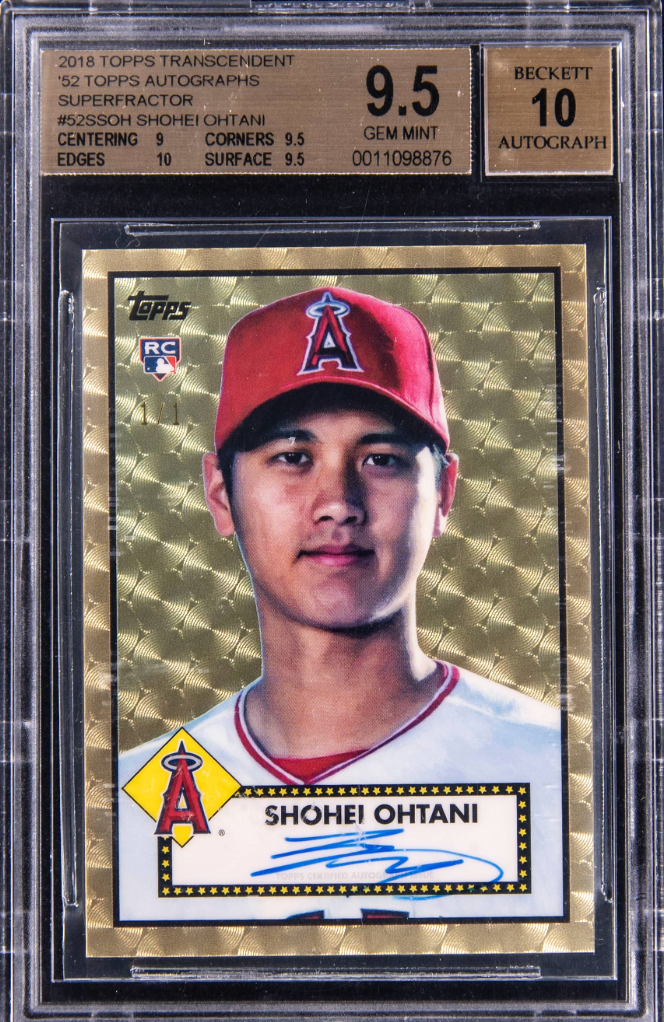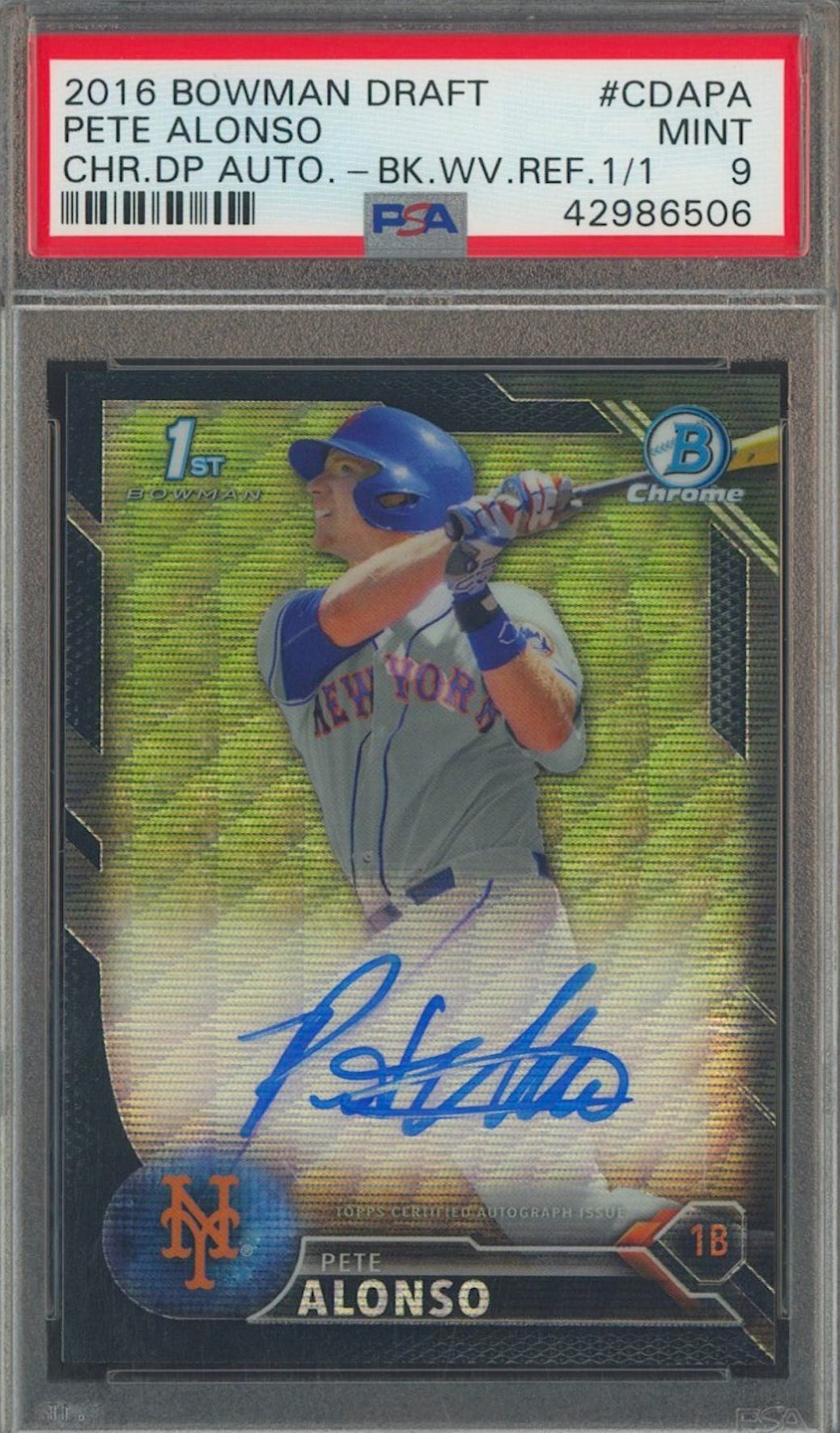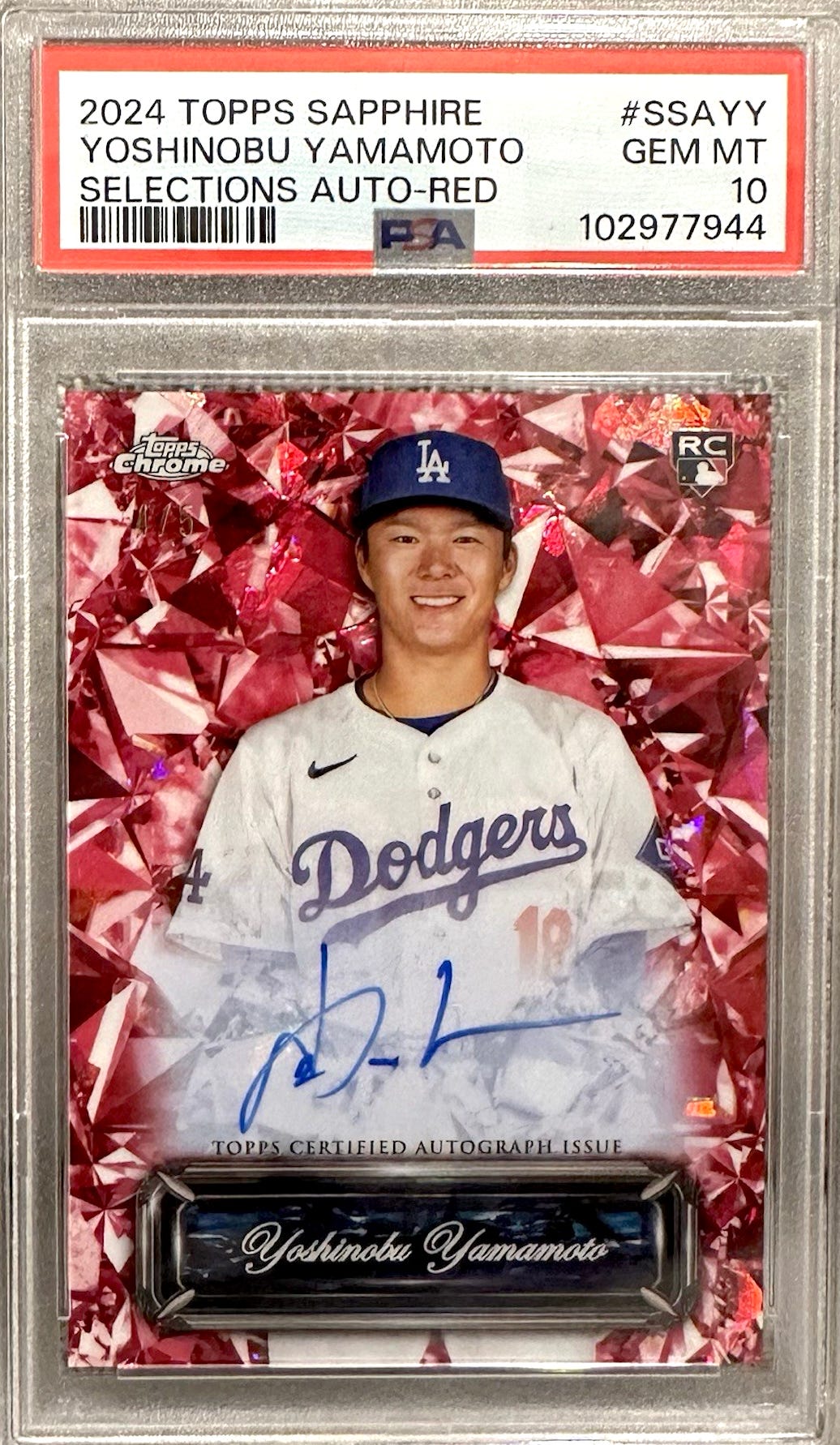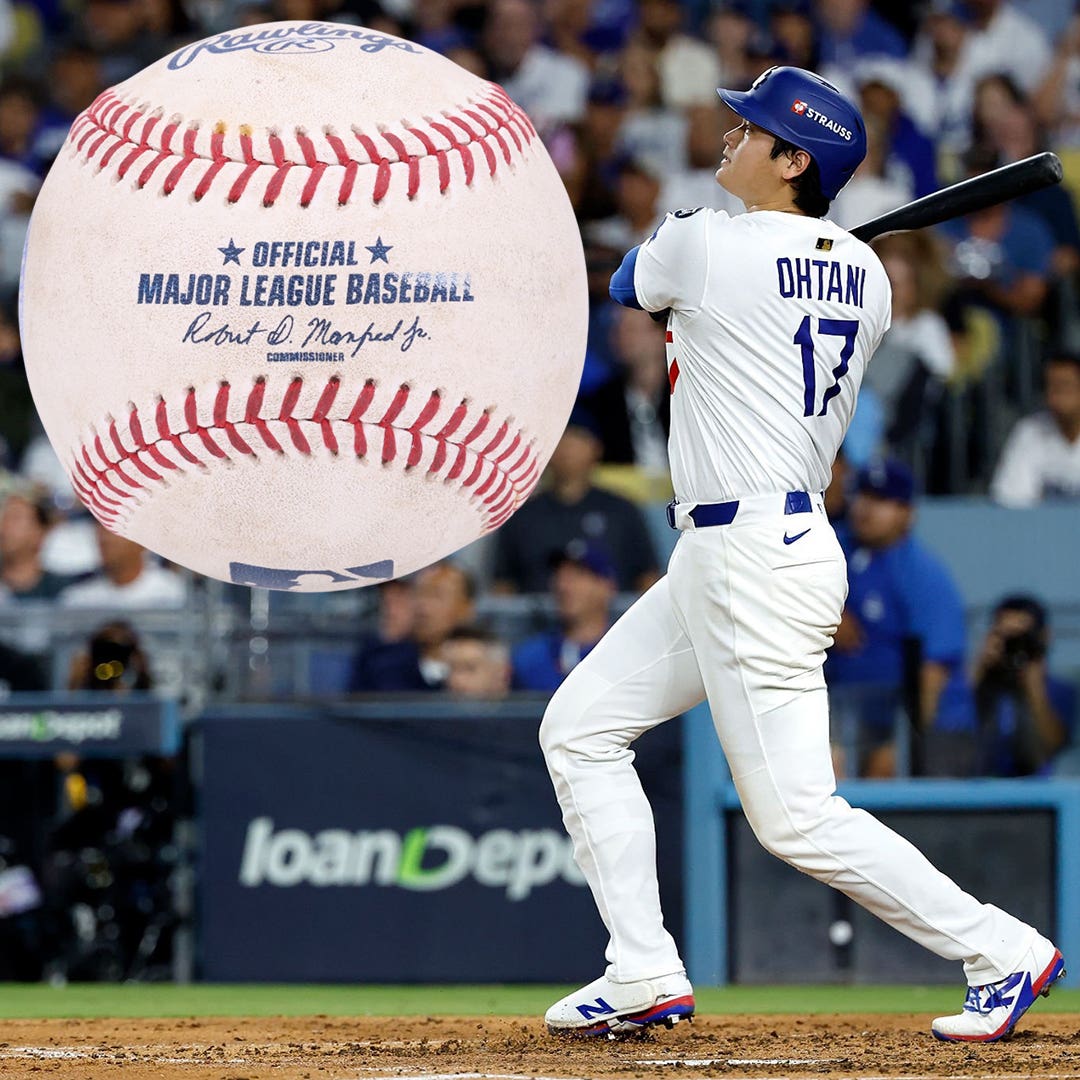Auctions
Sotheby’s/SCP Auction tops $4.7 million
In Part Deux of my recent road trip, I flew from Providence, R.I., down to New York City for the June 5 Sotheby’s With SCP live auction at Sotheby’s on York Avenue on the Upper East Side of Manhattan. Covering live auctions is one of the toughest things I do as a reporter because there’s a huge element of chance determining how much takes place with live bidders and how much is from absentee bids, online and over the phone.
Fortunately for me, Pete Siegel of Gotta Have It in New York City turns up at all the major auctions. Siegel grabbed national media attention at auctions of the Mickey Mantle estate in 2004 and two years ago at Sotheby’s when he was the winning bidder at nearly $1 million for the sale contract that sent Babe Ruth from the Red Sox to the Yankees in 1920. He is arguably one of the most prolific collectors of Yankees memorabilia, much of which will ultimately be on display at his museum, details as yet to be finalized. In the meantime, he continues to acquire Ruthian treasures, for example, that would fit in any museum from Cooperstown to the Big Apple.
“I purchased two of the small Babe Ruth photos from the tour of Japan, and in the afternoon we picked up the baseball that was signed by both Babe Ruth and Brother Matthias,” said an elated Siegel. “We are very happy to have that and it’s probably the only one in existence in terms of the history of Babe Ruth. If it weren’t for Brother Matthias (from the St. Mary’s School for Boys orphanage where Ruth was raised from age 7), Ruth might never have had an interest in baseball.”
I always sit near the front at live auctions, hoping to be able to follow the live bidding in the room at least, which is something of a trick in itself. I had been to Sotheby’s auctions before, so I had seen Leila Dunbar in action at other sales, working as part of a rotation of auctioneers, but this time she handled the whole day. At just over 350 lots, that may not seem like such a big deal, but in this case it really was.
In all my years of going to auctions, I can’t recall another where virtually every item got a slew of bids. It’s a little nutty to compare it to the Halper sale in 1999, since that was more like 2,500 items over seven days, but even that sale would have some lots that opened with an absentee bid, got a couple of bumps and then, bang. In this one there was fierce bidding all the way through. There just weren’t any lots that seemed like they were phoned in, if you’ll pardon the expression.
In a Gehrig-like performance, I never saw her make so much as a stutter, handling literally thousands of bids back and forth from the “book” in front of her at the podium, the phones, the Internet and the room. All of this accomplished while pushing her reading glasses back from time to time as they would relentlessly creep down her nose.
And speaking of noses, I sneezed during the the middle of the second session and panicked for a moment, thinking I might have inadvertently bid on a Dave Cowens jersey, but Leila never missed a beat, and merely blessed me instead of assessing me with a $2,700 tab.
Now that’s efficiency.
The other reason I like to sit in front at auctions is to keep track of who shows up for the live bidding. SCP President David Kohler assured me there were celebrities bidding in the sale, but most of those were on the phone. Many of the top dealers in the country were in the audience, but the only other celebrity (that I knew of) was Jane Forbes Clark, the chairman of the board of the Baseball Hall of Fame, who quietly took a seat in the front row on the right side early in the morning ssession.
Immediately after the sale of the Walter Johnson bat that was one of the highlights of the sale, five lots of Hall of Fame-related correspondence came up in Lots 107-111. The letters, which feature fascinating insight into the process the Hall used to encourage the players to donate items, included missives from the likes of Clark Griffith, Honus Wagner, Cy Young (3), Nap Lajoie, Tris Speaker, Judge Kenesaw Mountain Landis, and Ford Frick.
The five lots included more than a dozen letters from some of the greatest stars in the game who responded to museum planner Alexander Cleland’s inquiries about getting donations of memorabilia for the brand-new Hall of Fame. The letters are all dated in the 1930s and feature three from Ty Cobb, including one where he pointed out statistical errors concerning his career numbers. That lot inspired furious bidding that reached $27,000, with Clark prevailing as she did with all five lots, totaling $56,000.
As serious fans are well aware, the Hall of Fame does not purchase memorabilia items for the museum but rather relies on donations from ballplayers and the collecting elite, both of which have come through to varying degrees of success over the years.
“My grandfather founded the Hall of Fame, and these papers are important to my grandfather, and to the Hall of Fame in terms of being some of the original documents that began the Hall of Fame as we know it today.
“The Hall is not bidding; I was bidding on them myself, personally, and of course I’ll put them on loan to the Hall,” said Clark.
“As you know, the Hall of Fame does not buy artifacts,” she added.
She also responded to a question about the origins of material that would have traditionally been saved by the museum. “We’re not entirely sure, but we think that when Mr. Cleland left, he took boxes of documents with him. And those have been, we think, with his family.
“And we are very happy to get them.”
Last leg of road trip, to our SportsFest Show in Schaumburg, Ill., to follow shortly.








